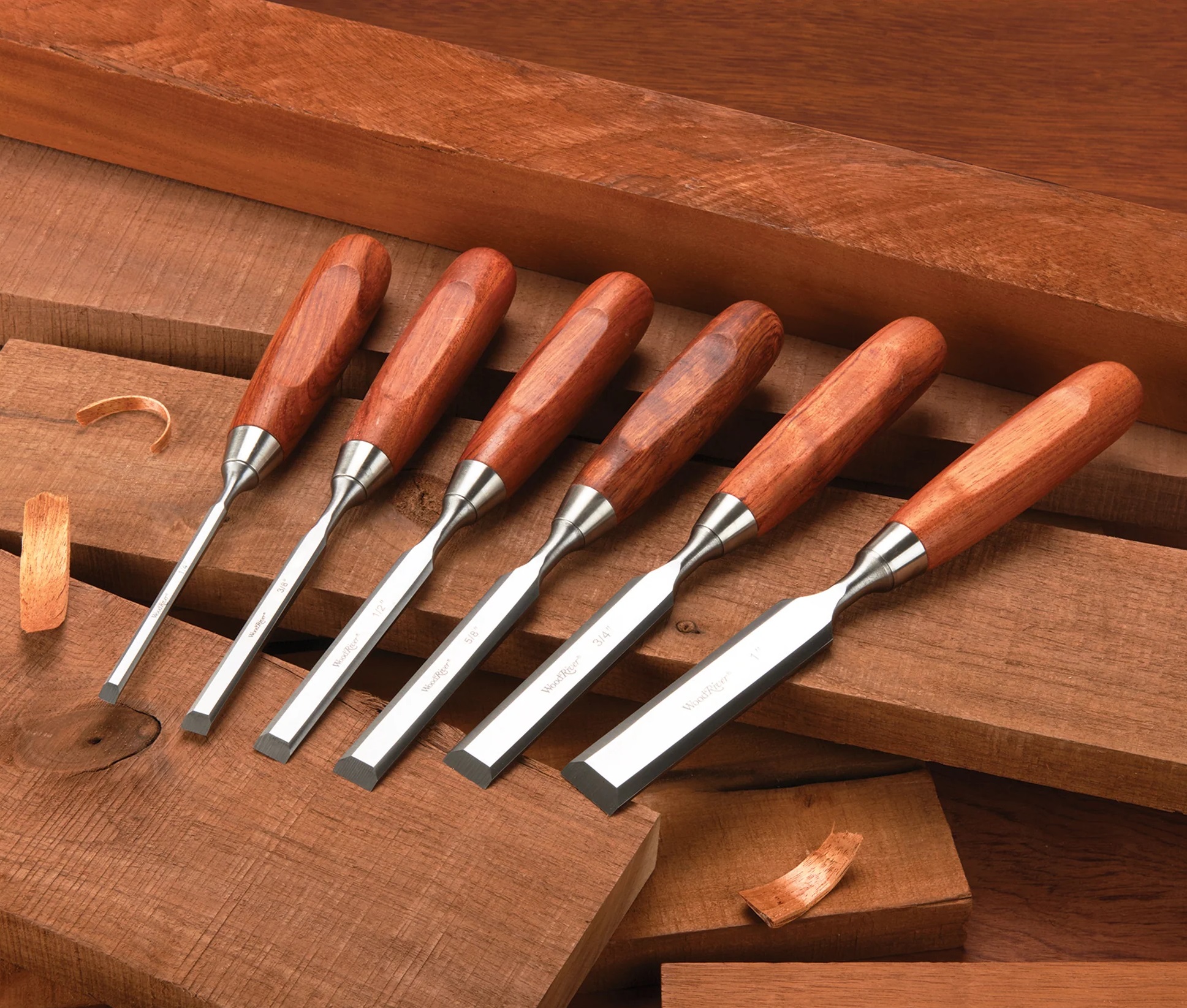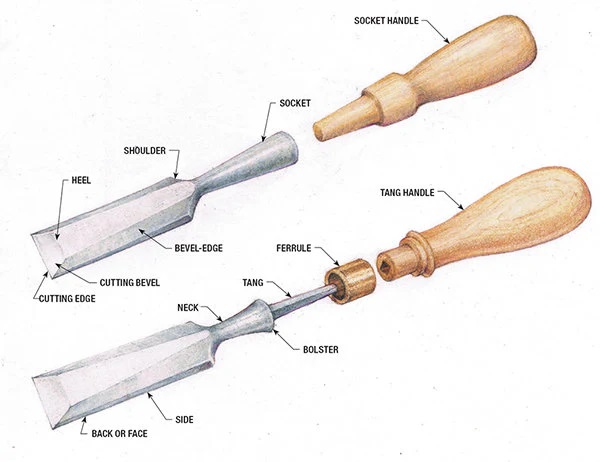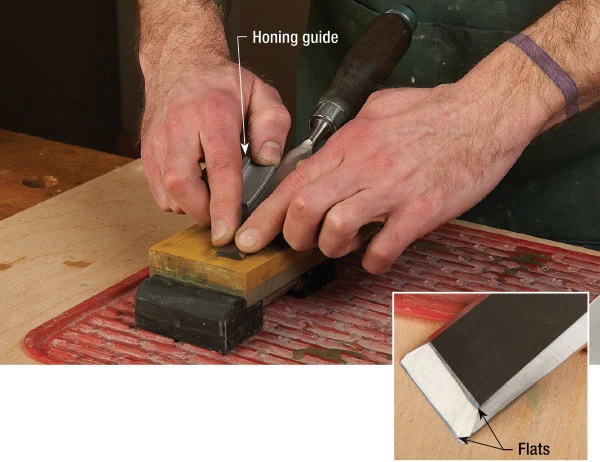Mastering the Art of Woodworking: A Guide to Using Bench Chisels

Bench chisels are indispensable tools in the woodworking arsenal, prized for their versatility and precision in shaping and refining wood. From carving intricate details to paring joints with finesse, mastering the use of bench chisels is essential for woodworkers of all skill levels. Let’s delve into the fundamentals of using bench chisels effectively, drawing insights from experienced craftsmen and woodworking enthusiasts.

Understanding the Anatomy of a Bench Chisel:
Before diving into techniques, it’s crucial to familiarize yourself with the components of a bench chisel. A typical bench chisel consists of a blade, bevel, bolster, tang, and handle. The blade’s cutting edge is the primary workhorse, while the bevel facilitates precise cutting action. The bolster provides stability and strength, ensuring durability during use.
Selecting the Right Chisel for the Job:
Different woodworking tasks require chisels of varying sizes and types. For delicate carving or intricate detailing, opt for narrow-width chisels with finely honed edges. For heavier tasks such as mortising or chopping, robust chisels with thicker blades and sturdy handles are preferable. Choose chisels made from high-quality steel for superior edge retention and durability.

Maintaining Sharpness:
Sharpness is paramount when using bench chisels, as dull blades can lead to imprecise cuts and potential safety hazards. Regularly sharpen your chisels using sharpening stones, honing guides, or powered sharpening systems to maintain razor-sharp edges. Honing the bevel and polishing the back of the blade are essential steps in achieving optimal sharpness and edge retention.
Proper Gripping Techniques:
Achieving precise control over the chisel requires adopting the correct gripping techniques. Grip the chisel firmly but comfortably, positioning your dominant hand near the blade for maximum control. Use your non-dominant hand to guide and support the chisel, maintaining stability and accuracy throughout the cutting process.

Executing Cutting Techniques:
Various cutting techniques are employed depending on the task at hand. For paring and shaping wood, utilize controlled slicing motions, keeping the bevel in contact with the wood surface for clean, precise cuts. When chopping or mortising, employ downward strikes with controlled force, ensuring the chisel remains perpendicular to the workpiece for optimal results.
Safety Precautions:
Woodworking with bench chisels requires adherence to safety protocols to prevent accidents and injuries. Always work on a stable, flat surface and use clamps or work-holding devices to secure the workpiece. Wear appropriate personal protective equipment, including safety glasses and hearing protection, to safeguard against flying wood chips and noise hazards.
In conclusion, mastering the use of bench chisels is essential for woodworkers seeking to elevate their craft and achieve precision and finesse in their projects. By understanding the anatomy of a chisel, selecting the right tool for the job, maintaining sharpness, and practicing proper techniques, woodworkers can unlock the full potential of bench chisels and create exquisite woodworking masterpieces with confidence and skill.
Comments
Add comment